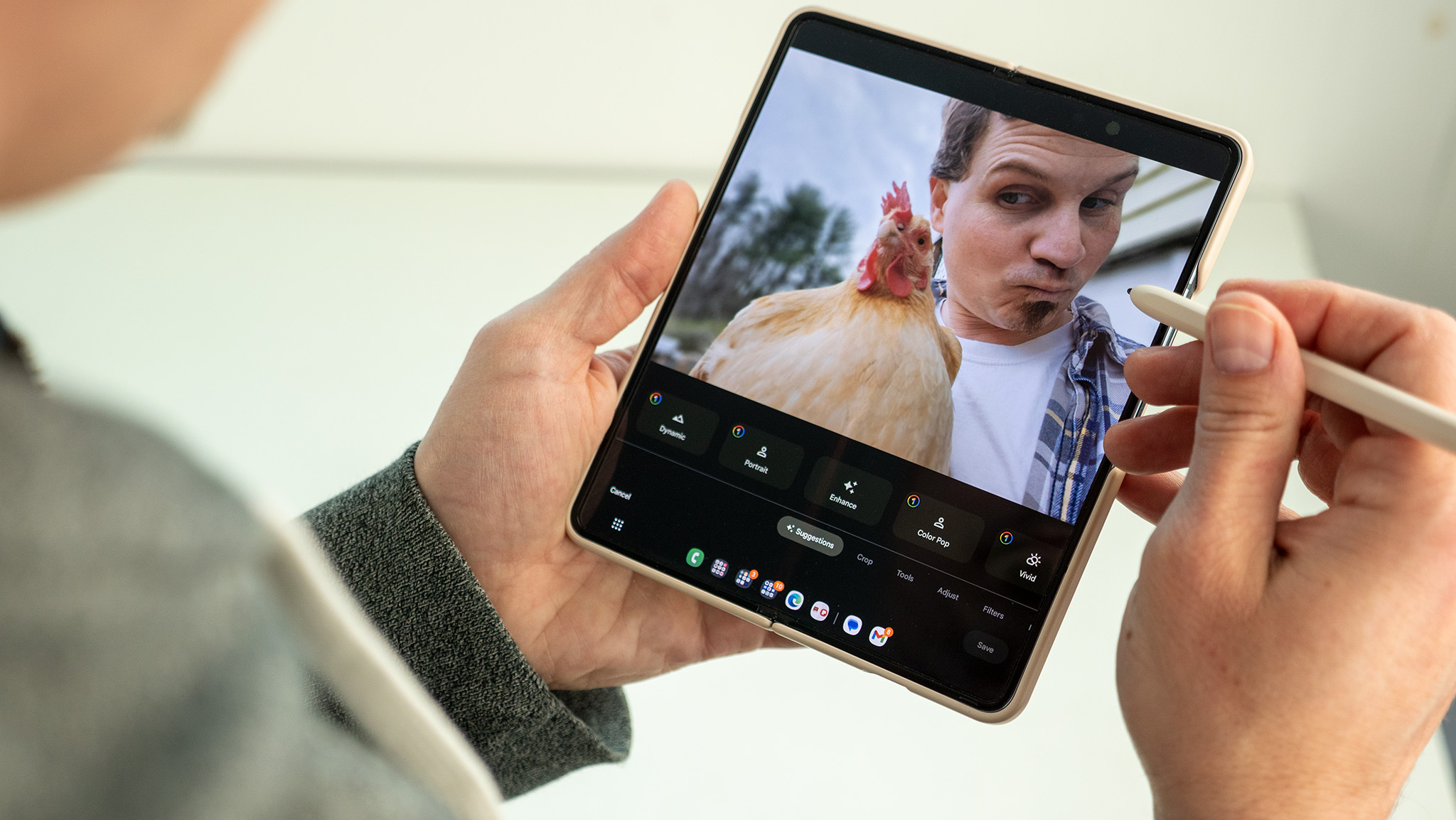When's the right time to buy a new phone? Top tips for upgrading
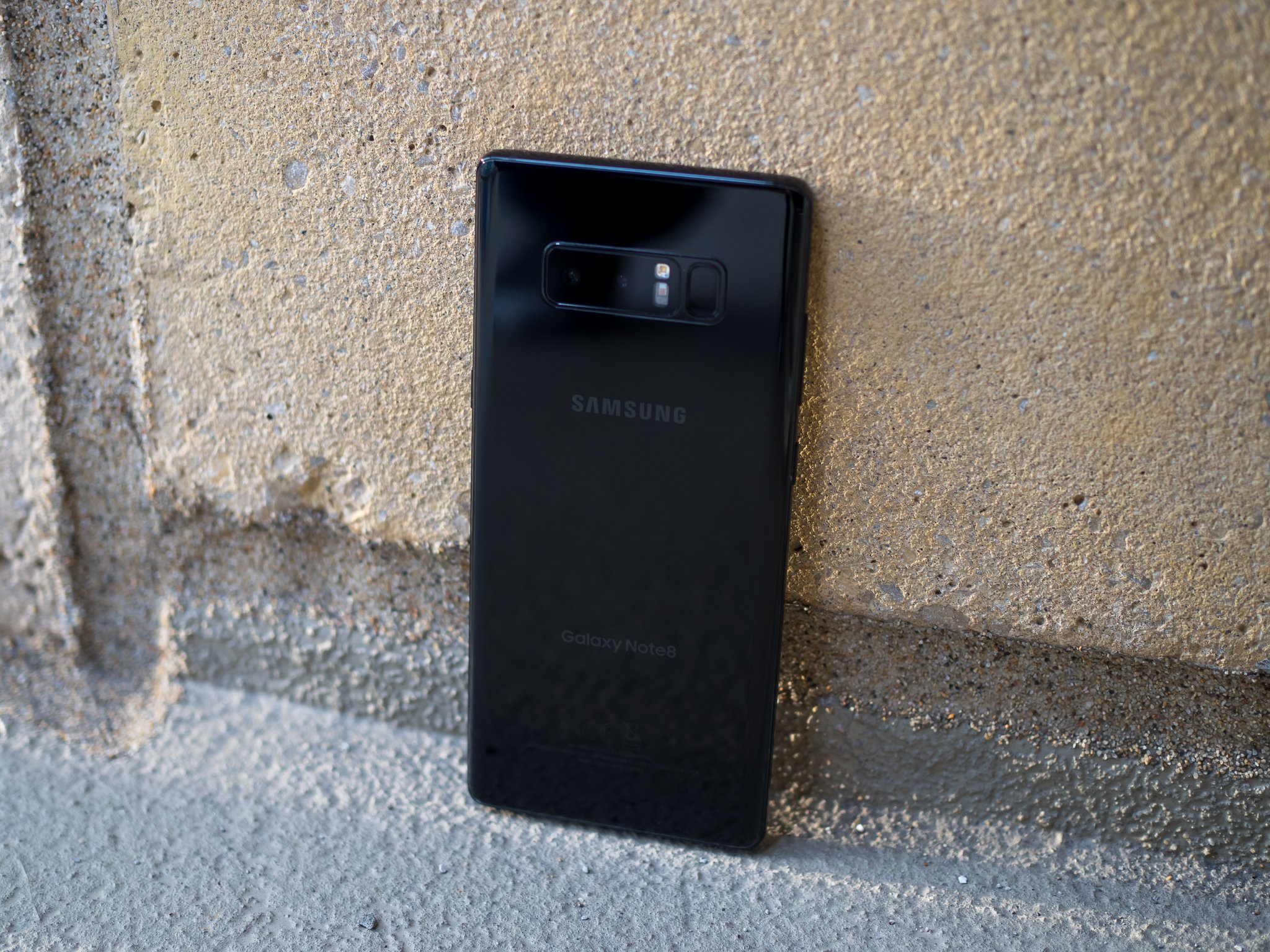
Here at Android Central, we get a lot of questions. No matter if they come through email, social media, or in person at an event one of them seems to be asked a lot more than the others: "Should I upgrade from my phone to the new phone?"
I hate upgrading phones, but always end up doing it.
It doesn't matter which new phone, either. When a new phone comes from any of the major phone makers people want to know if they should upgrade. That's always a difficult question to answer, because only you know if you still enjoy using the phone you have now.
There are a few reasons to buy a new phone that seem to be universal, though. We're all different, but we like our electronics to work a certain way. Here are signs that it's time to break out the credit card and buy a new phone.
Need to upgrade? These are the best Android phones in 2019
Battery problems
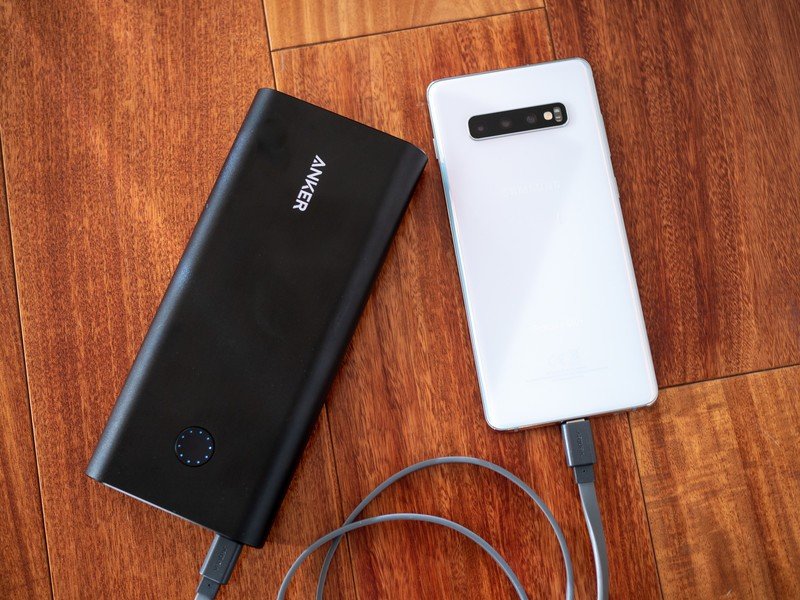
This seems to be the single biggest issue people have with their phone once it's been in use for a while. The battery will drain too fast, charge too slow, or maybe it's not able to be fully charged. It's easy to get mad when it's happening to you, but that's just how phone batteries work.
A lithium phone battery is designed to have a life measured in charge cycles. If you drain your phone from 100% to 50%, then charge it back to 100%, that's half of a cycle. It doesn't matter if you're using quick charging, wireless charging, or a cheap wall wart and cable, it's a charge cycle. Even though the battery may be designed to have a life of thousands of cycles, it doesn't take long to eat away at the total until charging becomes an issue.
Non-removable batteries can be replaced by people who know what they're doing. For a price.
There isn't much you can do about it, either. Being super careful about how you run the battery down and how you charge it from day one can prolong its life by a small percentage, but it's going to happen to every phone. And since removable and replaceable batteries are a thing of the past, you can just order a replacement from Amazon.
Be an expert in 5 minutes
Get the latest news from Android Central, your trusted companion in the world of Android
You can send your phone to a repair shop to get the battery replaced. Depending on the model and where you take it, this could be under $100 or it can be a price too high to pay for an "old" phone.
When you notice that your phone loses a big chunk of its battery just as soon as it's off the charger and you're using it, it's time to think about the battery going bad and what you plan to do about it.
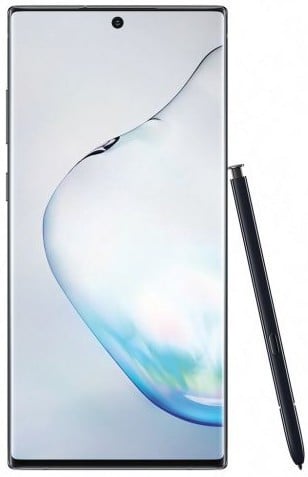
Giant battery plus fast charging!
If you're looking for a great phone with the best battery life, you need to take a good look at the Samsung Galaxy Note 10+.
Broken glass
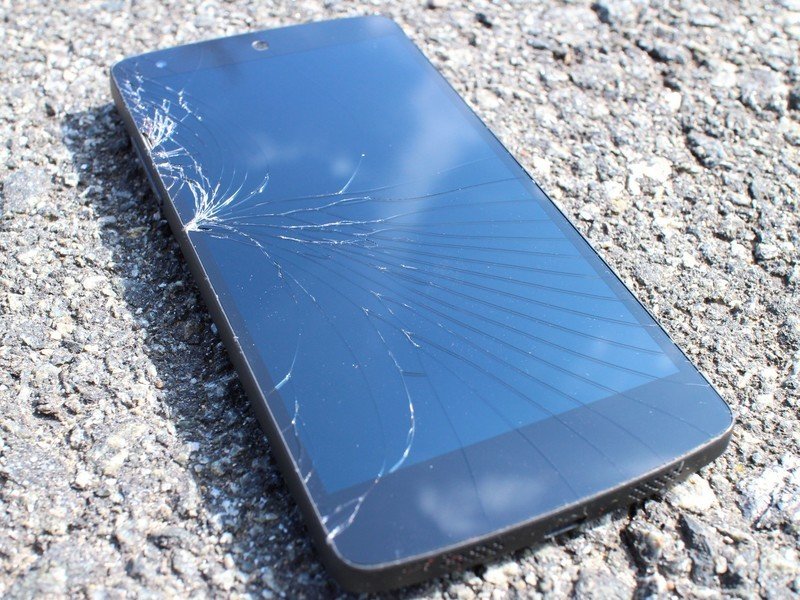
Most of us have or have used a phone with a broken display or a cracked back. When someone decided to make phones that were all-glass, it was bound to happen.
Never try to use a phone with a jagged broken display. Your fingers are more important than Facebook.
This doesn't immediately mean it's time to buy a new phone, though. There are a few simple tricks you can try, like putting on a new screen protector, covering the glass with clear packing tape, or if the back is broken a case can hold everything in place.
If none of that works, a repair shop might be able to replace the glass for some phones. Others have screens that are almost impossible to replace unless you have a shop that specializes in display replacement. That can get pretty pricey, and if your phone is more than a few years old you might be better off buying a new one.
Best Screen Protectors for Galaxy S10+ in 2019
Things are slow
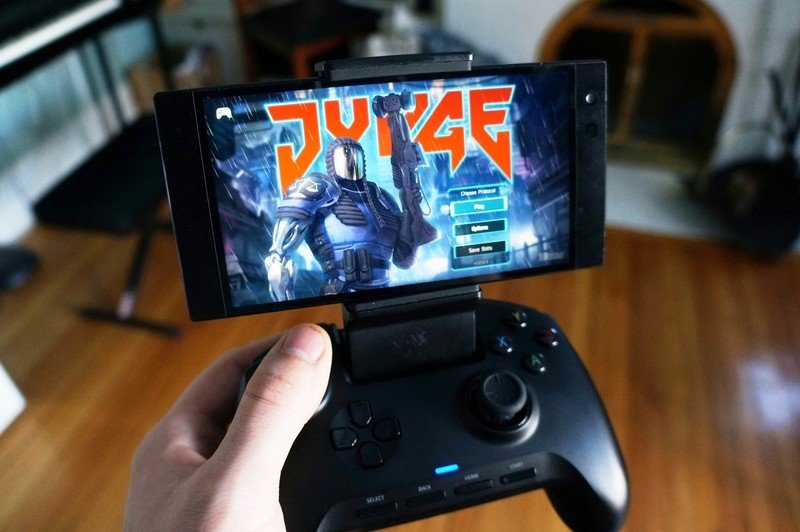
Every year, no matter the brand, the current model of a phone will have new features that last years didn't. And we will want them for our older phones.
Phones are like people and get slow as they age.
There's a downside to that. The hardware inside a smartphone is amazing, but it gets even more amazing every single year. Features and software written for a 2019 phone aren't going to be as highly optimized and tested for a 2017 phone, and that can mean it doesn't feel fast and snappy anymore.
The same goes for the apps we download and use. Phone hardware gets better and developers add new features, and older phones can struggle to run it.
We all have our own threshold of when this gets too unbearable. When you hit yours, you can either try uninstalling apps you like or shutting off features of the software you enjoy using or cave and buy a newer model.

One of the fastest phones you can buy
The OnePlus 7T is one of the best — and fastest — phones we've ever used and carries on the OnePlus tradition of making great affordable phones.
Software support
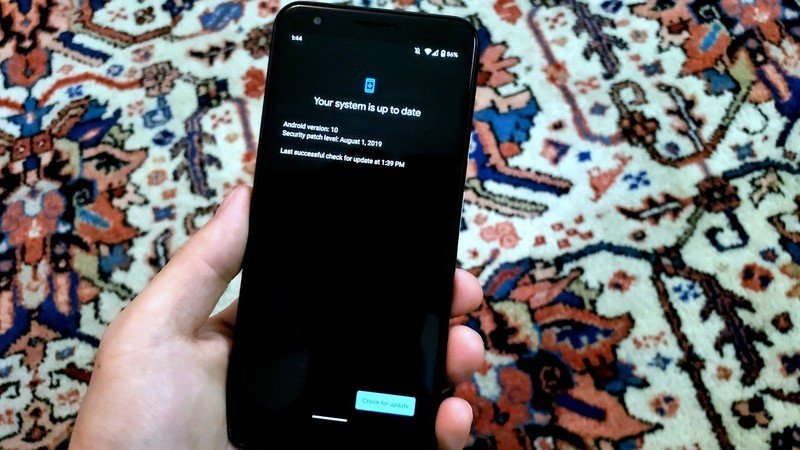
No, I don't just mean up to the minute Android version upgrades here. I also mean the important software support that fixes bugs and patches security holes.
It's no secret that Android has a problem when it comes to keeping all the phones running it updated against security issues. Thankfully, things are a lot better than they used to be, though. These seemingly small updates are the real measure of commitment that a manufacturer has, but no company can update a phone forever.
Bug fixes and security patches are the important updates.
That means that the day where a glaring software bug doesn't get fixed or a security vulnerability goes unpatched will come. Depending on the bug or security issue, this might not be a big deal. But again, it will become a big deal eventually. No phone can last forever.
On this front, you can count of getting two to three years of "good" software support with monthly or quarterly updates to address bug and security issues. For a lot of people, an extra year without any isn't a problem. After that, you should probably just buy a new phone, though.
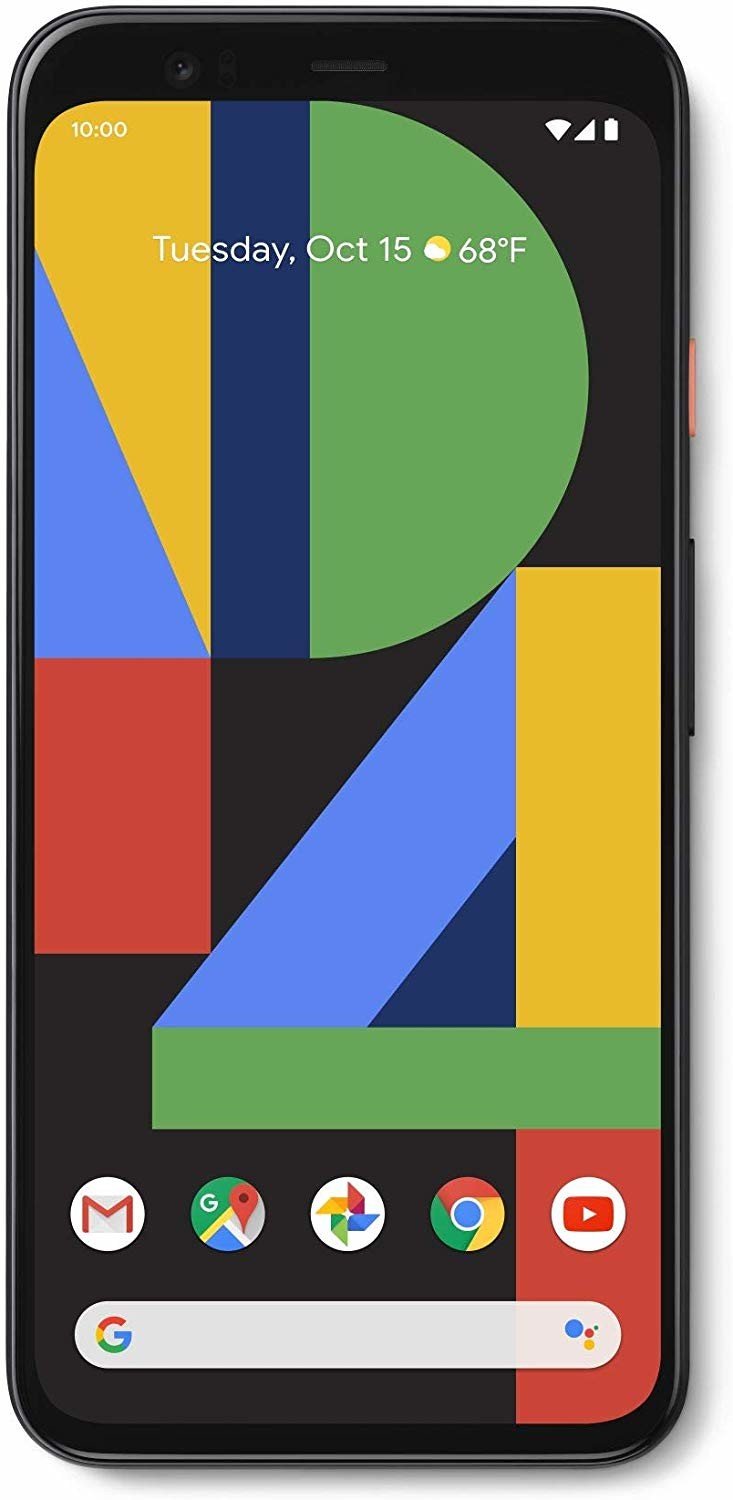
Support will outlast the battery
The Pixel 4 XL has a great camera and excellent display, but it also has guarenteed software support for at least three years. That's its real showcase feature.
We all have a different set of tolerances when it comes to our phones. I'm willing to charge more often as long as I can have a specific feature I want to be added back to my phone or the manufacturer addresses any serious bugs or flaws in the software. You might not be able to tolerate a slow phone or one with a crack in the screen and not care about bud and exploit patches.
The good news is that today's phones are so much better than they were even a few years back that assuming one will last three or four years is reasonable. Shop wisely and you'll probably get your money's worth.

Jerry is an amateur woodworker and struggling shade tree mechanic. There's nothing he can't take apart, but many things he can't reassemble. You'll find him writing and speaking his loud opinion on Android Central and occasionally on Threads.
